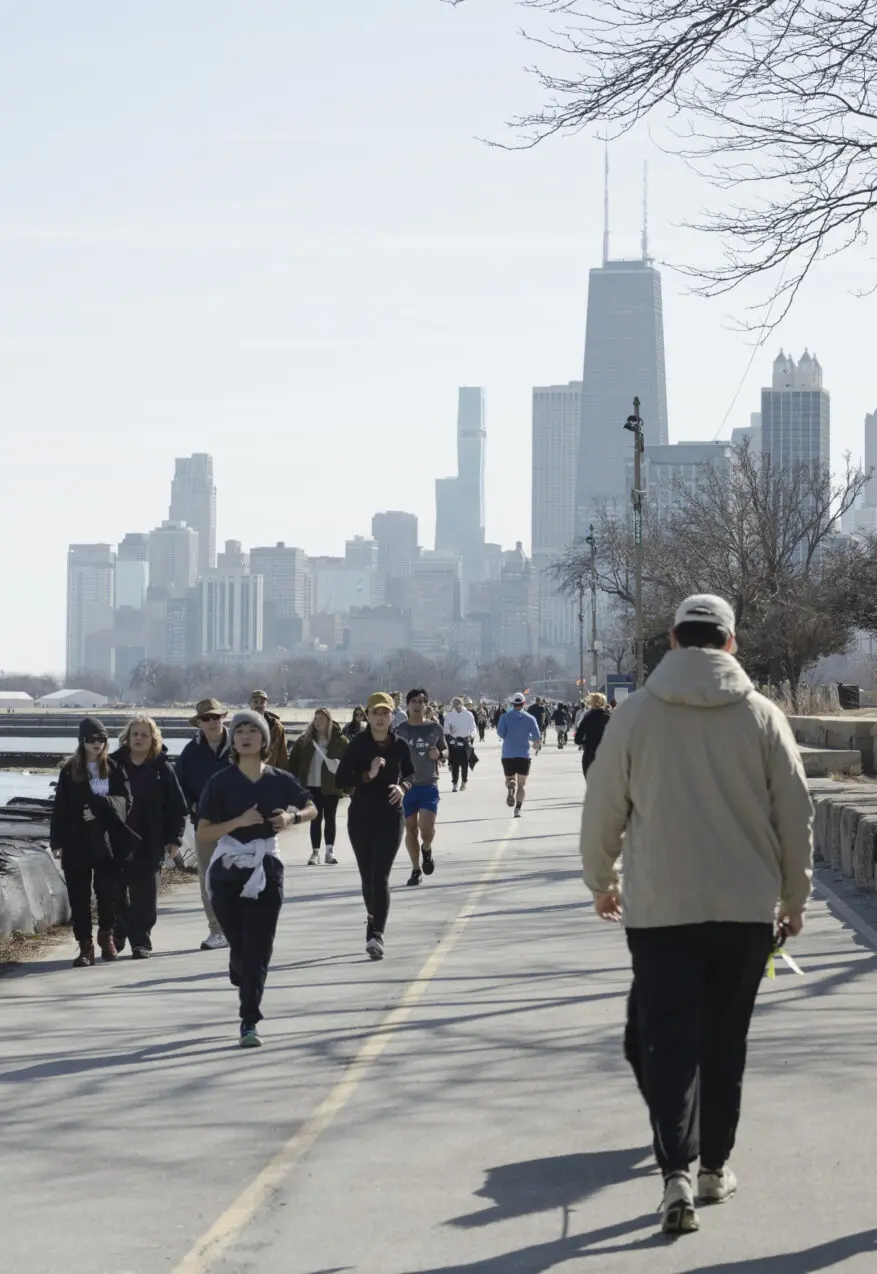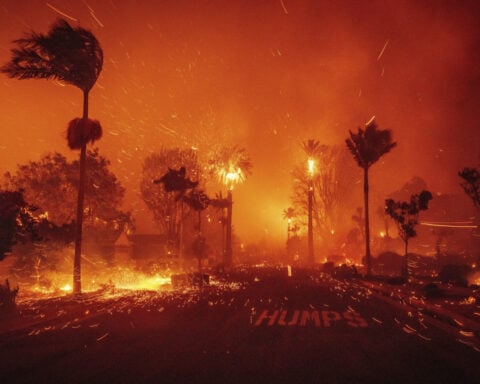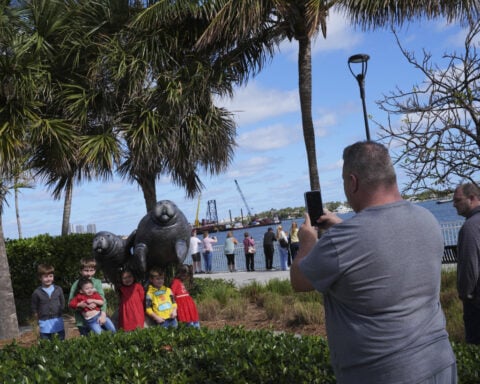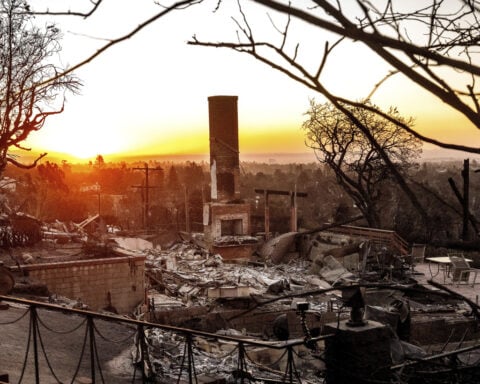OMAHA, Neb. (AP) — A warm front swept springlike weather across a large swath of the country Sunday in what is usually one of the coldest months of the year, sending people out of their homes to enjoy the rare winter respite but also bringing increased wildfire danger.
In Omaha, Nebraska, the temperature Sunday broke 65 degrees (18.3 degrees Celsius) on a day when the average high temperature is around the freezing mark, according to the National Weather Service.
“Omaha is having its second warmest February on record in its 154-year history of tracking weather,” National Weather Service meteorologist Michaela Wood said Sunday. “And there's a chance of beating the record yet tomorrow, when we're looking at a high temperature of around 80.”
The sunny warmth brought Stacy Lawson, and her husband, Hugh Lawson, of Omaha, outside for a game of pickleball with friends. But they weren't the only ones.
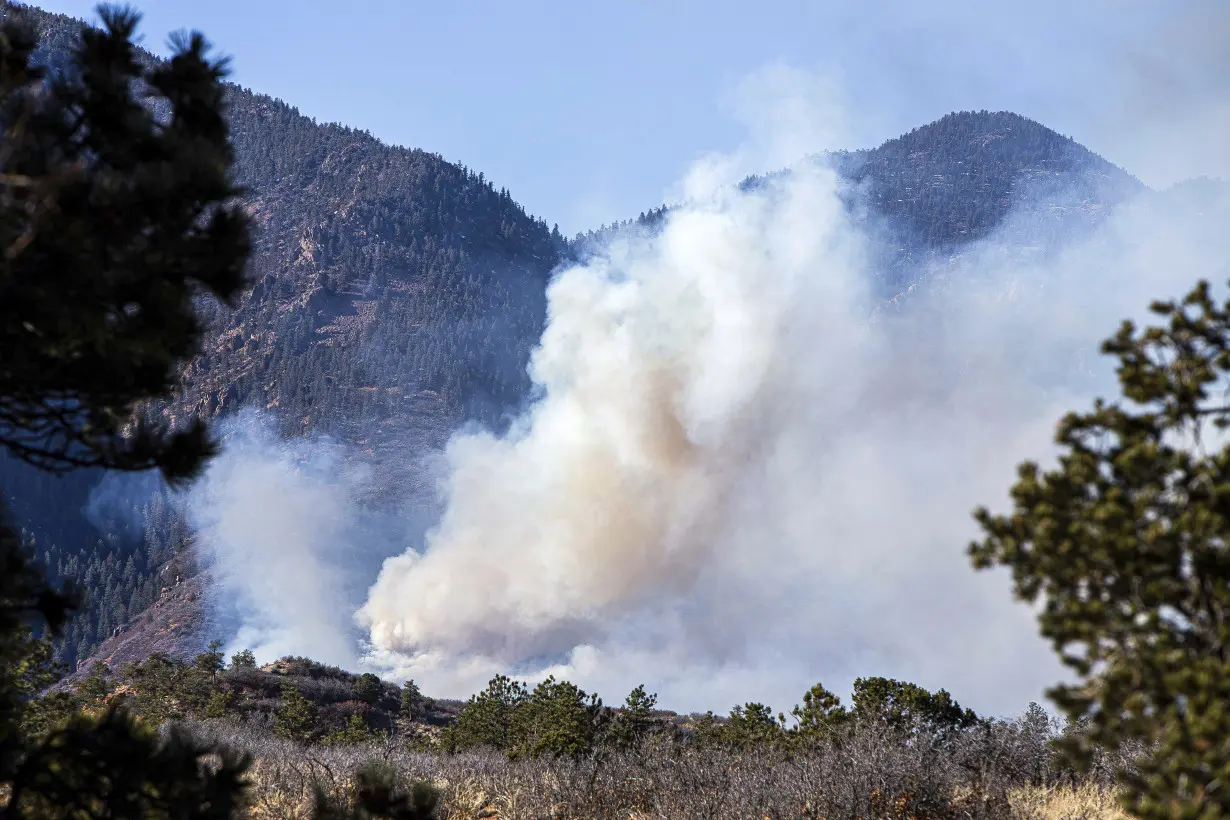
“Outdoor courts are prime real estate when it's warm,” Stacy Lawson said. “The first one we tried was already filled.”
The Lawsons and their competitors, Tim and Andrea Driscoll, had a hard time remembering the last year they were able to play outside in February.
“In Nebraska, February is both the shortest and longest month of the year,” Tim Driscoll deadpanned.
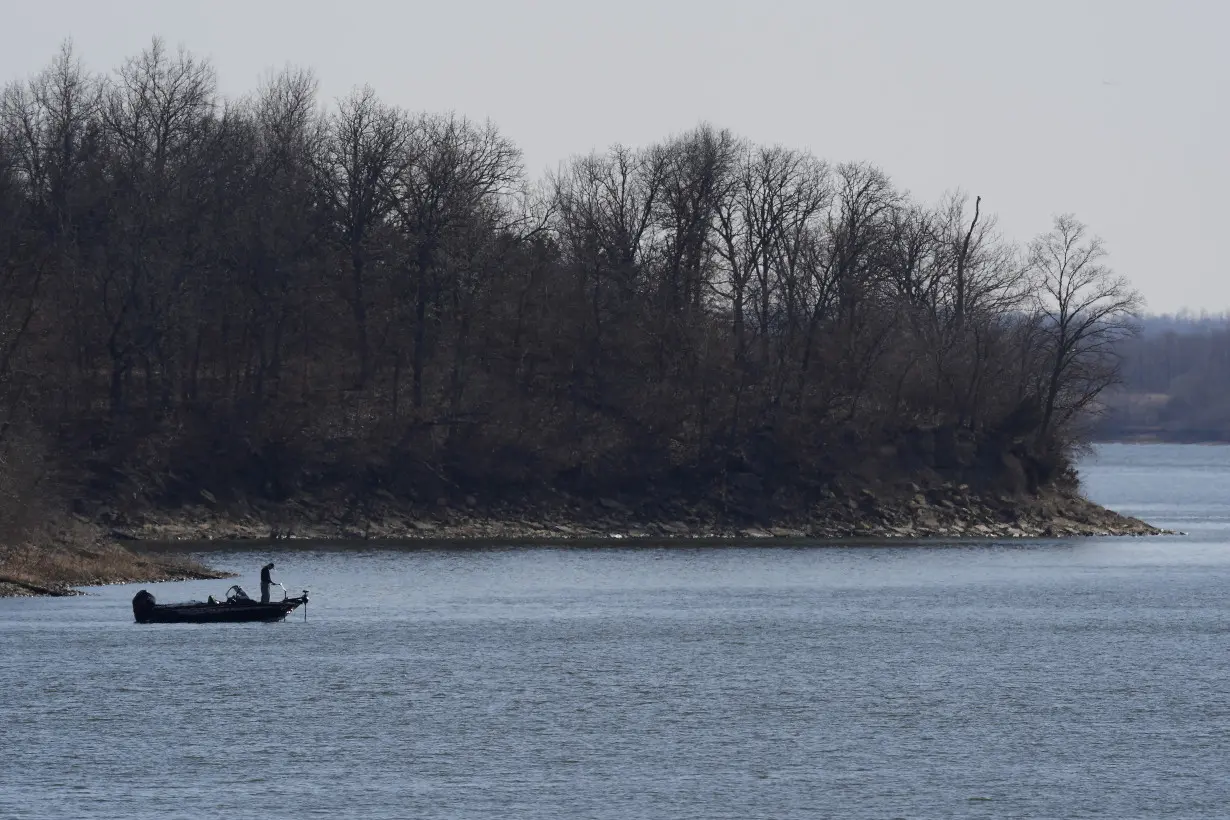
While the warmer-than-usual temperatures may have provided a break from harsh winter conditions, it didn't come without some concerns. The National Weather Service cited the warmth, along with low humidity, winds gusting more than 35 mph (56 kph) in places, and dry winter vegetation in issuing fire danger alerts in an area stretching across parts of 11 states.
Red flag warnings and fire weather watches were issued in parts of New Mexico, Colorado, Texas, Oklahoma, up to Kansas, Nebraska, South Dakota, and east to Iowa, Illinois and Missouri. Nearby states, including parts of Arkansas, Minnesota and Wisconsin, were issued hazardous weather outlooks because of an increased fire danger, according to weather service maps.
A grassfire whipped up by high winds closed Interstate 25 near the Colorado-Wyoming border for about an hour Saturday before it was extinguished, according to the Wyoming Highway Patrol.
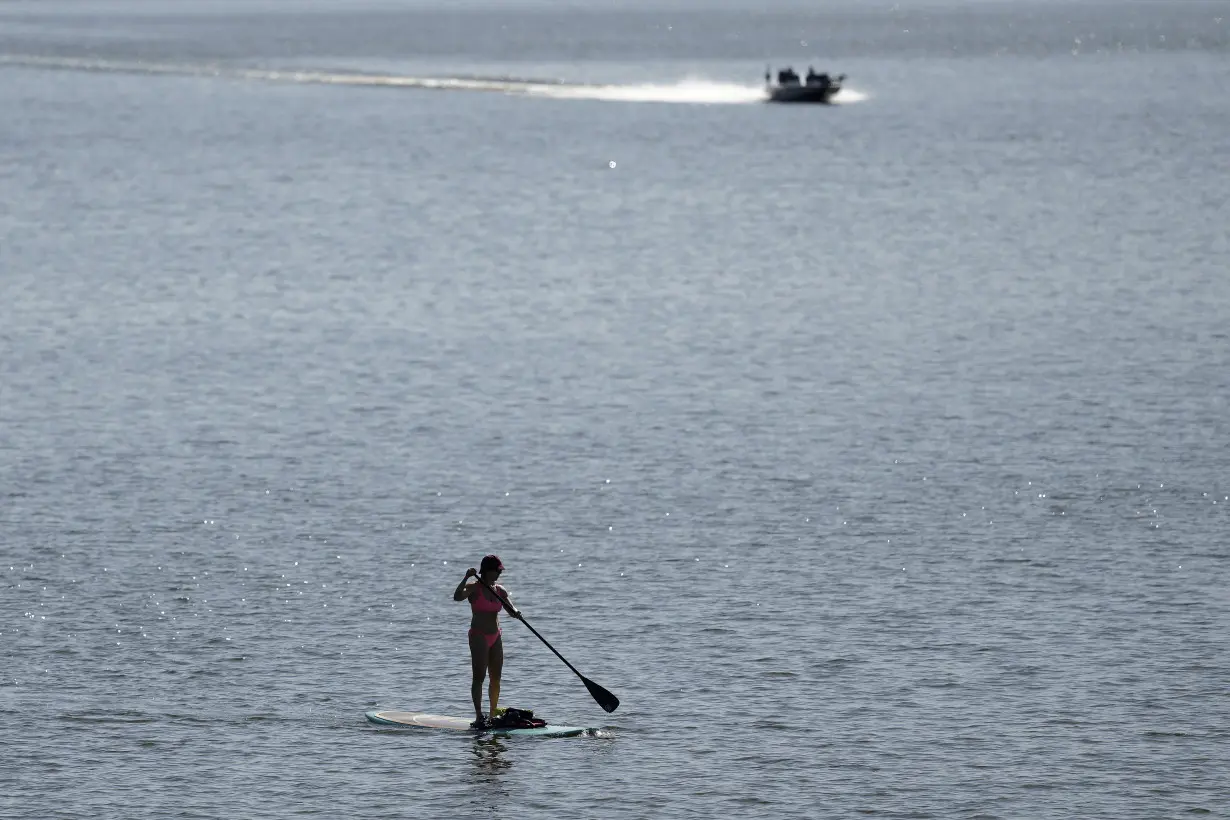
The unusually early warm spell could telegraph trouble ahead, Wood said. The Climate Prediction Center says there is an elevated chance of higher-than-normal temperatures and lower-than-normal rain for the region through the end of summer.
“If we keep going in this trend, we could go back into a drought, and that would be a big concern — especially when it comes to fire risk,” she said.
Temperatures reached into the 60s in Denver, Chicago and Des Moines, Iowa, on Sunday, and Kansas City, Missouri, saw temperatures in the mid-70s. The unseasonably warm conditions saw plenty of people heading outdoors to play in local parks, wash their cars and even get an early jump on lawn care.
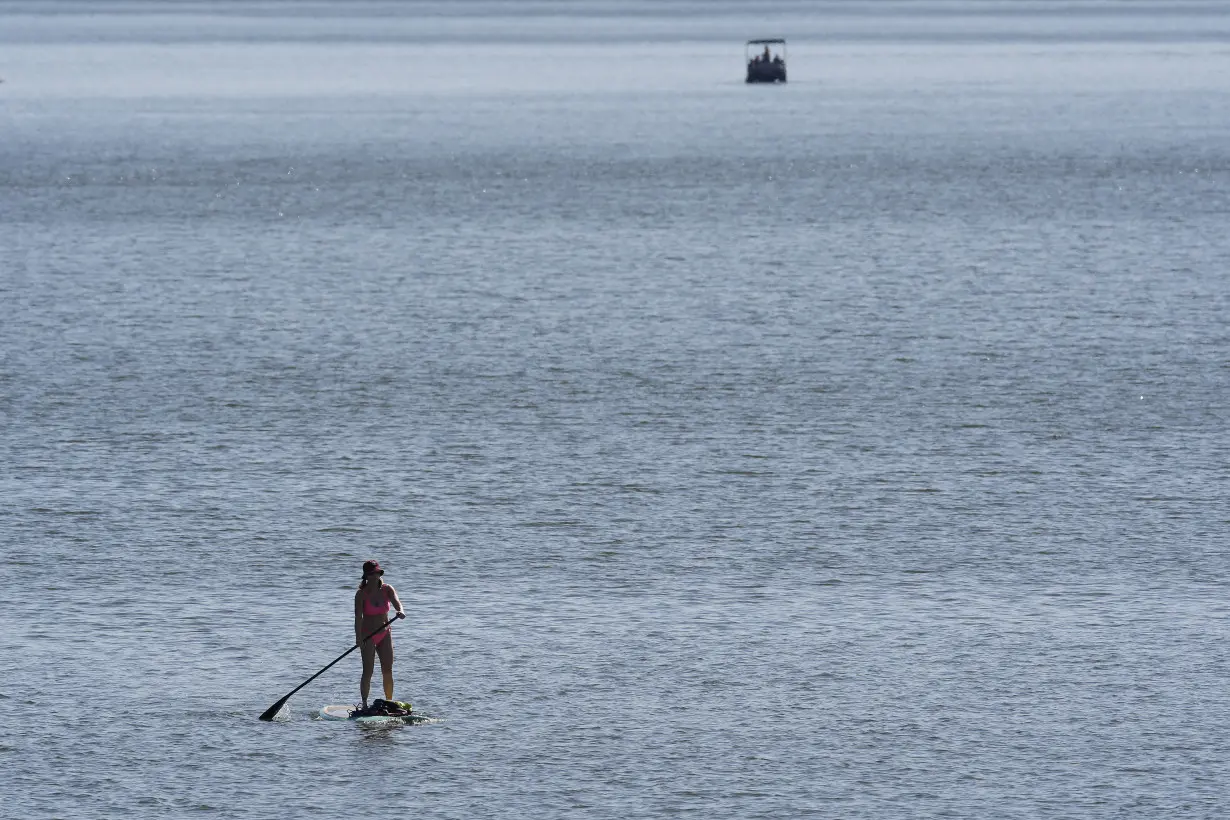
In Chicago, people who would normally be in winter gear to fight off the city's famously bitter winter winds instead frolicked around Lake Michigan's shores in light jackets or even shorts and T-shirts.
Bethany Scheiner, 53, took advantage of the weather to head with her 14-year-old son to Lincoln Park in Chicago so he could practice his football punting skills.
“It's so unusual,” Scheiner said of the warm weather. “I mean, this is the month we all go away to get away from the Chicago winter.”
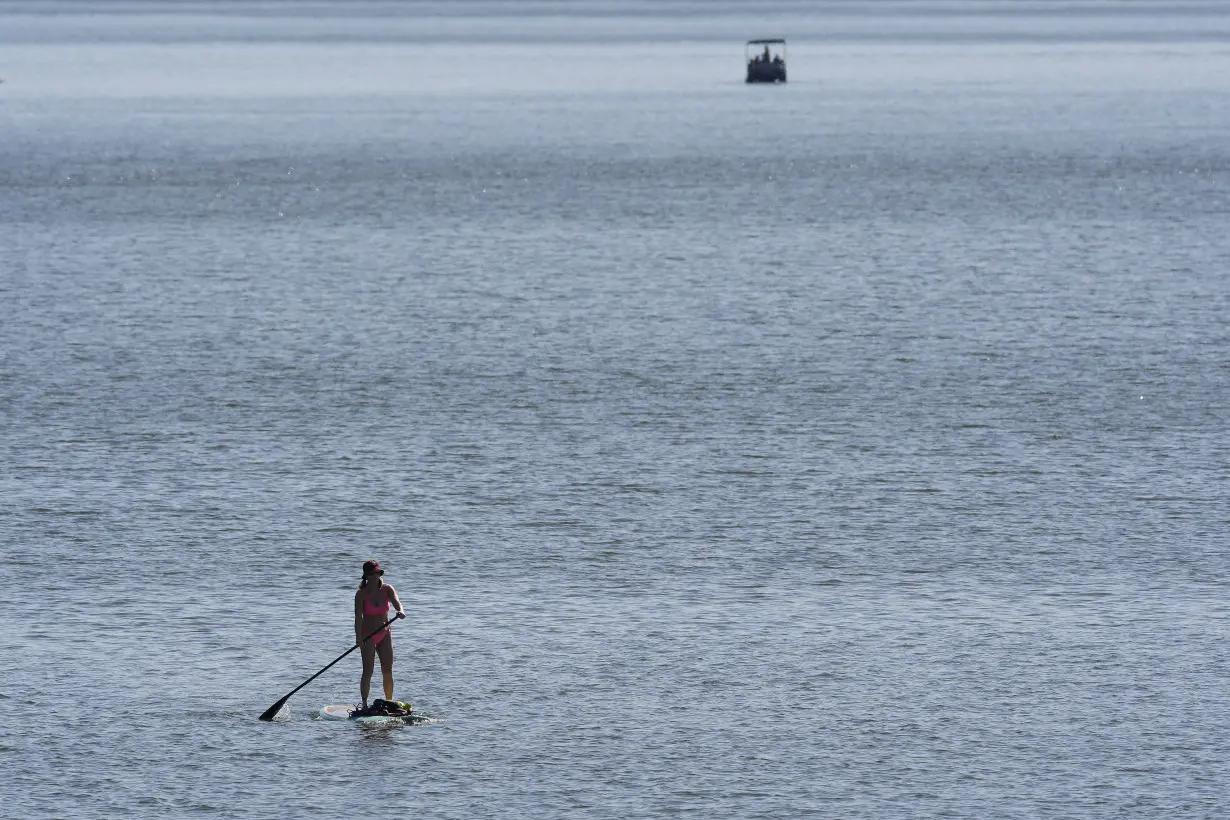
The warmup is expected to bring some record-breaking high temperatures Monday, Wood said. But by Tuesday night, a cold front will drop the region back into winter, with wind chills below zero and snow in much of the central part of the country by Wednesday.


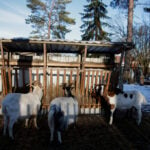 Germany sees meat exports to EU continuing after foot-and-mouth case
Germany sees meat exports to EU continuing after foot-and-mouth case
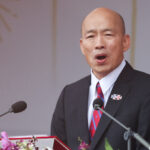 Parliament speaker to lead Taiwan delegation to Trump's inauguration
Parliament speaker to lead Taiwan delegation to Trump's inauguration
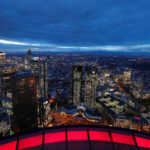 German economy contracted 0.2% in 2024
German economy contracted 0.2% in 2024
 Middle East latest: Palestinian prime minister says Palestinian Authority should run Gaza in future
Middle East latest: Palestinian prime minister says Palestinian Authority should run Gaza in future
 Nokia signs multi-year patent license agreement with Samsung
Nokia signs multi-year patent license agreement with Samsung
 Irish parties secure 'comfortable majority' for new government
Irish parties secure 'comfortable majority' for new government
 Bayern Munich signs US youngster Bajung Darboe from LAFC
Bayern Munich signs US youngster Bajung Darboe from LAFC
 Novak Djokovic breaks a tie with Roger Federer for the most Grand Slam matches in tennis history
Novak Djokovic breaks a tie with Roger Federer for the most Grand Slam matches in tennis history
 China's RedNote: what you need to know about the app TikTok users are flocking to
China's RedNote: what you need to know about the app TikTok users are flocking to
